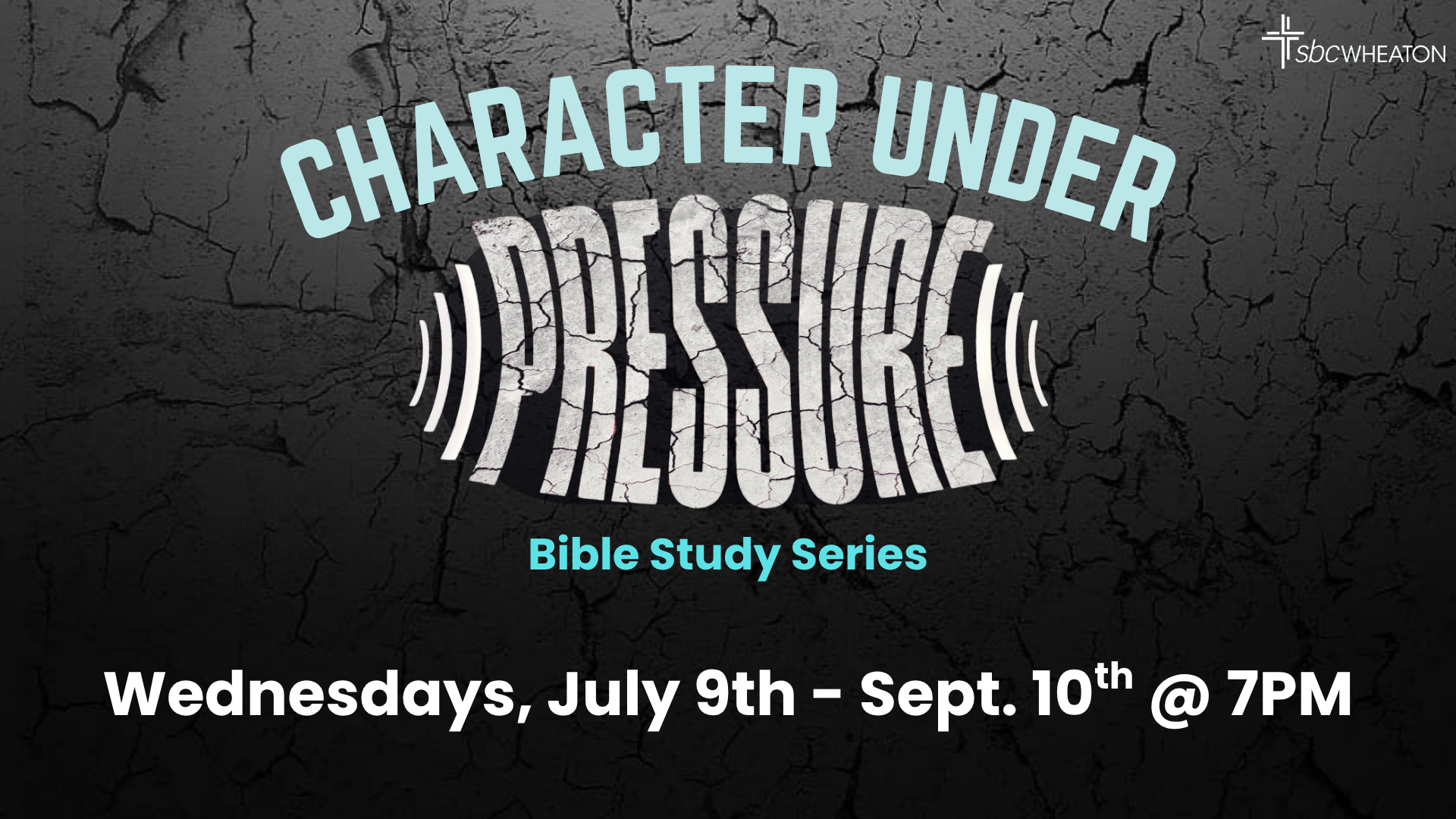Christian Education
We want to be known as a learning church because we serve a God who invites us to know Him.
SUNDAY SCHOOL
Sunday School is now SATURDAY SCHOOL! | Saturday School conference calls are Saturdays at 9:00 a.m.
DIAL IN: 312-626-6799 | Access Code: 322476888
Summer 2025 Sacred Altars and Holy Offerings
Unit 2: Jesus and the Temple
We examine the first acts of worship recorded in the Bible, as carried out by Adam and Eve’s two sons, Cain and Abel. The book of Genesis does not explicitly claim an author. But Exodus 17:14; 24:4; 34:27; Numbers 33:2; and Deuteronomy 31:9; Matthew 19:8; Mark 10:5; John 5:45-47; etc., suggest that Moses wrote the first five books of the Bible, a section we call the Pentateuch. However, many modern scholars have proposed that the text of the book of Genesis we possess today is a composite workof several different sources written hundreds of years after Moses would have lived. Because Genesis was part of the Law of Moses and Moses was certainly capable of writing, it seems best to take Genesis as having been authored by Moses
Jesus and the Temple
Luke is the only New Testament author who records a story of Jesus’ youth. This fact suits Luke’s intention to document Jesus’ life and ministry, which he had researched “from the beginning” (Luke 1:3).
Lesson 6 The Boy Jesus in the Temple. Luke 2:41-52
Mary and Joseph made yearly trips to the Jerusalem. This practice was expected by the Law of Moses (Exodus 23:17; 34:23; Deuteronomy 16:16) but perhaps not universally followed in their day. They initially took Jesus to “present him to the Lord” as their firstborn son and to offer a sacrifice for purification (Luke 2:22-24; compare Leviticus 12:1-8).
Lesson 7 Lord of the Sabbath. Matthew 12:1-8
Sabbath was a gift that God gave through the Law of Moses (Exodus 20:8-11; Deuteronomy 5:12-15). It commemorated two of God’s mighty acts. First, God completed the work of creation and rested on the seventh day (Genesis 2:1-3; compare Exodus 20:11). Second, God liberated his people from oppression in the land of Egypt, a place where they were not allowed rest. Rest was a gift from God—even the animals got a day off (Deuteronomy 5:12-15).
Thus, Sabbath was not only a blessing but also an expression of faith. The challenge was to trust God that six days of labor would be enough to sustain life as God provided for his people. That required a lot of faith in a pre-industrial agrarian era!
Lesson 8 Cleansing the Temple. John 2:13-25
The cleansing of the temple in today’s lesson differs from the accounts given in the Synoptic Gospels of Matthew, Mark, and Luke. Those Gospels recount the time of Jesus’ dramatic actions in the temple that led to his arrest (Matthew 21:12-13; Mark 11:15-17; Luke 19:45-46). Some scholars believe that John and the writers of the Synoptics are recording different events. Others suggest that John has brought the event forward in his narrative to show its significance for everything that Jesus says and does in that Gospel.
If Jesus performed more than one cleansing of the temple, it might be that his actions caused no permanent reforms, which would make a second cleansing necessary—and perhaps more provocative to those seeking his death.
Lesson 9 Jesus Predicts the Temple’s Destruction Matthew 24:1-14
The temple of Jerusalem played a central role in Israel’s history, and it had a special connection with the nation’s kings. King David had sought to build a temple as a grand replacement for the portable tabernacle, which Israel had carried through the wilderness (2 Samuel 7:1-3). Instead, God said that David’s son would build a temple (7:12-16). True enough, Solomon built the temple as David had planned (1 Kings 6:1-38). But Solomon proved unfaithful, and the nation divided into two after his death (11:9-13, 26-40). Instead of a place for all God’s people to come, the location of God’s sanctuary became a source of jealous conflict between the kings of Judah and Israel (12:25-33; compare Deuteronomy 12:5-7). The unfaithfulness of Judah’s rulers contributed to the temple’s being stripped of its glory. The armies of Babylon eventually destroyed it after a successful siege of Jerusalem (2 Kings 25; 2 Chronicles 36:15-21).
BIBLE STUDY
Adult Bible Study | Wednesdays at 7:00 p.m. on Zoom. To join virtual Bible Study please visit Zoom.us and enter Meeting ID: 802 973 031 To join by phone, dial 312-626-6799 and enter Meeting ID: 802-973-031

“Who are you when no one’s looking?”
When her people were threatened, Esther had to ask herself that question. Would she step out and risk her own life to try to save her fellow Israelites? Or she could “keep her head down” to wait out the threat in obscurity and safety?
This 9-week study leads you to examine the story of Esther. You’ll discover how godly character often develops under pressure. And you’ll discover ideas for living a godly life in the midst of contemporary pressures.
- No bible study on 7/16 (VBS)
- No bible study on 9/17
Click title to access lesson.
1. A Little Respect (Esther 1) REPLAY LESSON 1
2. Trusting God’s Work (Esther 2)
3. Evaluating Advice (Esther 3)
4. Doing the Right Thing (Esther 4)
5. The Heart of the Matter (Esther 5)
6. Recognizing Unrighteousness (Esther 6)
7. Character No Matter What (Esther 7)
8. Praising God’s Faithfulness (Esther 8)
9. Remembering & Celebrating (Esther 9-10)

April 23rd – June 25th, 2025
Lydia shows us how to influence the people around us.
Elizabeth’s life challenges us to care for others.
Women like Herodias and Sapphira warn us against turning away from God toward bitterness and dishonesty.
This 10-week Study introduces twelve significant women of the New Testament, and invites you to enter into their lives and learn from them what it means to be a disciple of Jesus.
Click title to access lesson.
-
Elizabeth (Luke 1:5-25, 39-45, 57-66) Lesson 1 Replay
-
Mary (Luke 1:26-38, 46-56) Lesson 2 Replay
-
Herodias (Mark 6:14-29) Lesson 3 Replay
-
A Sinful Woman (Luke 7:36-50) Lesson 4 Replay
-
The Canaanite Woman (Matthew 15:21-28) Lesson 5 Replay
-
Mary and Martha (John 11:1-44) Lesson 6 Replay
-
Sapphira (Acts 4:32-5:11) Lesson 7 Replay
-
Lydia (Acts 16:6-15) Lesson 8 Replay
-
Euodia and Syntyche (Philippians 3:20–4:9; 2:1-8)
-
Priscilla (Acts 18:1-4, 18-28) Lesson 10 Replay
